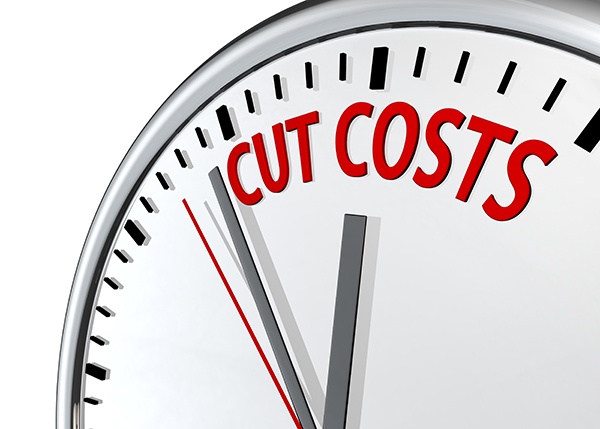
Many companies count real estate occupancy cost as one of their largest expenses. If you've trimmed unnecessary staff, streamlined operations and reduced your cost of goods sold, it's time to start looking at your corporate real estate portfolio. The strategies you use to manage your real estate expenditures depend on the remaining term of your lease or, for owned properties, how long you intend to remain in that location.
Leases Over Two to Three Years
If you're locked into your lease for a relatively long time, your ability to manage your opportunity cost by renegotiating with your landlord or moving out is limited. However, there are things that you can still do to make it more affordable to remain in your current locations:
-
Audit your CAMs and operating expenses. Finding errors in calculation or billing could save you thousands of dollars per year, per site.
-
Appeal your property tax assessment. Many buildings carry assessments that are above the current market value, leading to property taxes that are too high. Most jurisdictions have an appeals process that you can use to present evidence that your building is over-valued and have your property taxes reduced. If you occupy multi-tenant buildings, you will have to work with your landlord to accomplish this.
-
Review your usage of utilities that are billed to you. Changing practices like leaving the lights on at night or overusing building climate control systems can reduce energy consumption and your occupancy cost.
-
Look into energy efficiency upgrades. Installing high-efficiency lighting or changing the heating in your warehouse space could save significant amounts of money in a relatively short period of time. These technologies might not be as "sexy" as solar or wind power, but they usually have shorter payback-periods.
-
Find sublease tenants for unsuitable spaces. With a long lease term remaining, your space may be attractive to a sublease tenant. If you can find one and your rent is close to market levels, their payments could eliminate your occupancy cost for that space.
Leases Under Two to Three Years
If you have a relatively short time left in your space, many of the techniques listed above will still work, although you probably will not want to invest capital in the space without a long-term commitment. With a shorter lease term, you will also have the ability to begin negotiating directly with your landlord to bring your occupancy cost down or the ability to vacate the space at the end of your lease.
Once you have maximized your space using many of the techniques above, determine if the space is still a good fit for your company and its needs. If it isn't, begin planning to move. If it is, carefully research the market to get a sense of what other competing buildings are charging in rent and CAMs. Contact a few of those buildings to get a sense of what concessions they are offering to attract new tenants. For instance, if you could move to a similar space down the street at the same rent, but with a $20 per square foot tenant allowance and four months of free rent, you need to know that.
Sit down with your landlord and let him know what is available in the market, but also that you want to stay if you can keep your occupancy cost in-line with the market. Offer both to renew your lease early and, if necessary, to extend it if you can get a comparable offer to what is available elsewhere. This will lock in a good deal for you as well as for the landlord.








